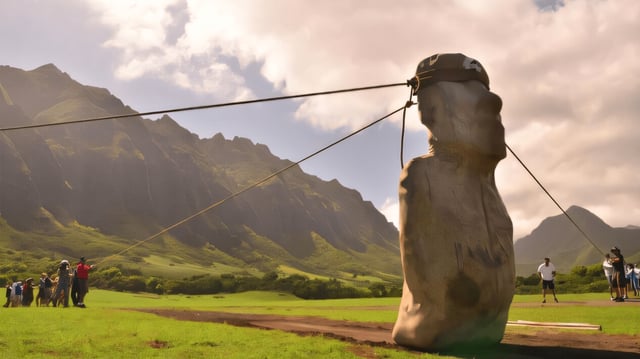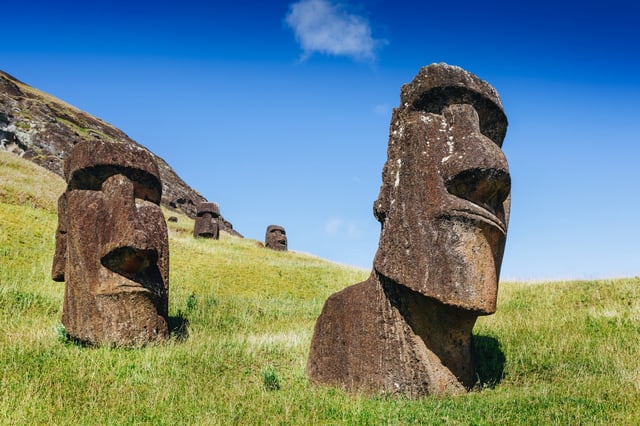Overview
- Researchers analyzed 962 statues, including 62 along ancient roads, and used high-resolution 3D models to assess transport mechanics.
- Distinctive features identified—wide D-shaped bases and a forward lean—optimized a controlled rocking, zig-zag motion while upright.
- A 4.35-ton replica moai was moved about 100 meters in 40 minutes by 18 people, demonstrating practical feasibility in field trials.
- Island roads measuring roughly 4.5 meters wide with concave profiles appear engineered to stabilize and guide the statues, with overlapping routes indicating staged clearing.
- The findings challenge prone-dragging and roller hypotheses, align with Rapa Nui oral traditions, and are published in the Journal of Archaeological Science (DOI: 10.1016/j.jas.2025.106383).



